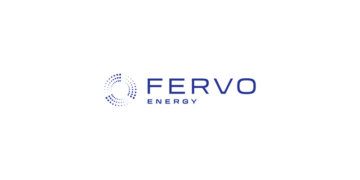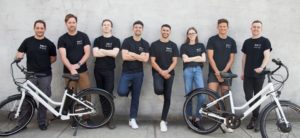The promise of clean energy from nuclear fusion continues to fire up investors. TAE Technologies is the latest to bask in the glory of such promise. The Foothill Ranch, California-based company, raised a $250 million round with participation from Google and Chevron.
The nuclear fusion startup’s unique strategy has raised around $1.2 billion. A Japanese investment company, Sumitomo Corporation of America, also participated in the round and will help TAE bring its fusion technology to the Asia-Pacific region.
The investment resulted from a tie-up in October where TAE inked an agreement with Japan’s National Institute for Fusion Science. Whereas Google has partnered with TAE since 2014, providing the fusion startup with artificial intelligence and computational power. But the new funding marks Google’s first cash investment in TAE.
Fusion startups has been stirring the investor sentiments since last year with companies such as Commonwealth Fusion Systems, Helion Energy, General Fusion and others bagging substantial rounds. Fusion energy created by merging two atoms is regarded as the holy grail of clean energy. Experts believe it is getting closer to being commercialized, and investors are lining up their bets.
Founded in 1998 as Tri Alpha Energy, the startup aims to have a commercial-scale fusion reactor delivering electricity to the grid by the early 2030s. TAE has collected a lot of these bets. The current funding will go toward building the next generation fusion machine, called Copernicus, which TAE says will conclude by 2025 and will be located nearby in Irvine, Calif.
“TAE — and fusion technology as a whole — has the potential to be a scalable source of no-carbon energy generation and a key enabler of grid stability as renewables become a greater portion of the energy mix,” said Jim Gable, president of Chevron Technology Ventures.
The technology
The main limitation of a fusion power plant is to generate the amount of heat required for the fusion and, simultaneously, contain the heat generated in the process. To trigger a fusion reaction, nuclei of two atoms are subjected to extreme heat, leading them to fuse into a new larger atom. While the atoms get fused, it releases an enormous amount of energy in the process.
TAE has cracked these limitations and claims to have achieved temperatures of more than 75 million Celsius (135 million Fahrenheit) with its research reactor, called Norman, and that the new money will fund the construction of its next research reactor, Copernicus. TAE’s fusion process uses hydrogen-boron (proton-boron or p-B11) as a fuel.
“The caliber and interest of our investors validate our significant technical progress and support our goal to begin commercialization of fusion by the end of this decade,” said TAE Technologies CEO Michl Binderbauer. “Global electricity demand is growing exponentially, and we are morally obligated to do our utmost to develop a baseload power solution that is safe, carbon-free, and economically viable.”

































